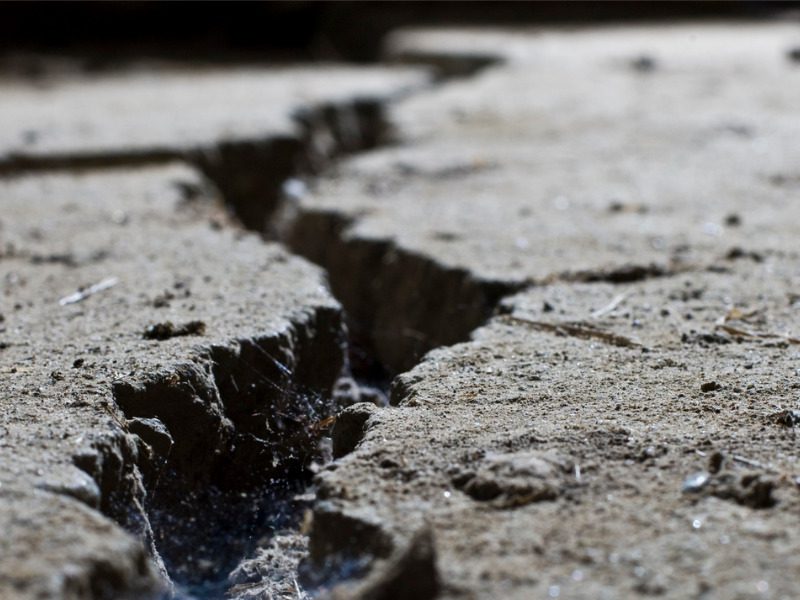Largest recorded Alberta earthquake probably natural, scientist says

EDMONTON – The largest earthquake ever recorded in Alberta, which rattled homes and nerves Tuesday, was probably due to natural causes, says a geologist.
Rebecca Salvage of the University of Calgary says the 5.6-magnitude quake that rumbled near Peace River in northwest Alberta originated at least six kilometres underground. That’s probably too deep to have been artificially caused, she said.
“The depth infers that it’s probably natural. Natural events typically occur at those depths.”
The Alberta Geological Survey reported that the series of seismic events near Reno, a tiny rural hamlet about 40 kilometres southeast of Peace River, began late in the afternoon and continued into the early evening.
The survey recorded the main quake at nearly 5.6 on the Richter scale, although other agencies measured it higher. It was preceded by two smaller quakes and followed by several aftershocks.
Carmen Langer, an area landowner, was climbing the stairs of his home when the quakes hit.
“I had to go right to my knees and grab a rail,” he said.
The quakes, which came on with the sound of a freight train, sent his light fixtures swinging, he said. He also saw the glass in the windows of his home flex.
“I guess you’re scared,” he said. “You don’t know what’s coming after.”
RCMP reported no injuries from the quakes.
Energy extraction processes, such as fracking, have contributed to earthquakes in other parts of the province. But Salvage said those kinds of quakes typically happen in the earth’s upper layers.
She said scientists are aware of geologic faults in the area, although it’s too soon to know which one was the source.
She said Tuesday’s tremblors are rare in Alberta and offer an exciting opportunity to learn more about the province’s deep geology. She said they are probably related to seismic events originating from when the Rocky Mountains were created.
“We do still get influences from the Rocky Mountains,” she said. “It’s feasible that some of the stresses from that are still dissipating across British Columbia and Alberta.”
Feature image by iStock.com/SteveCollender



